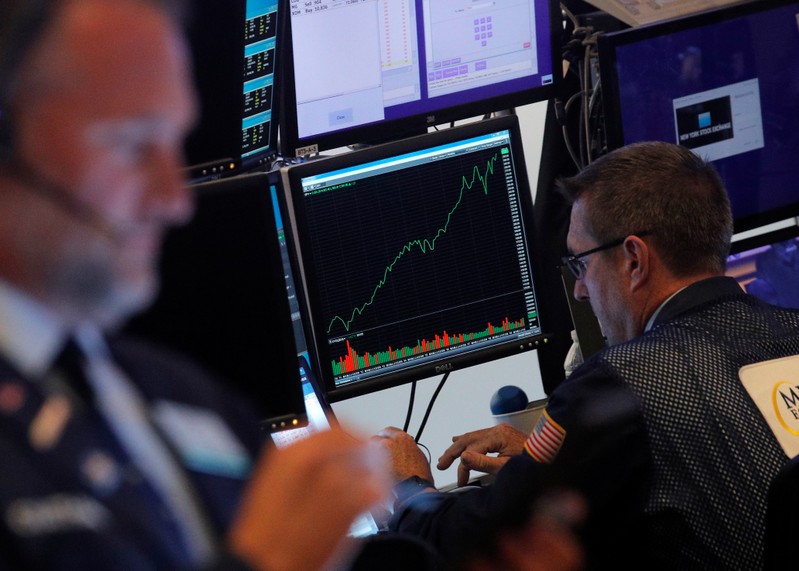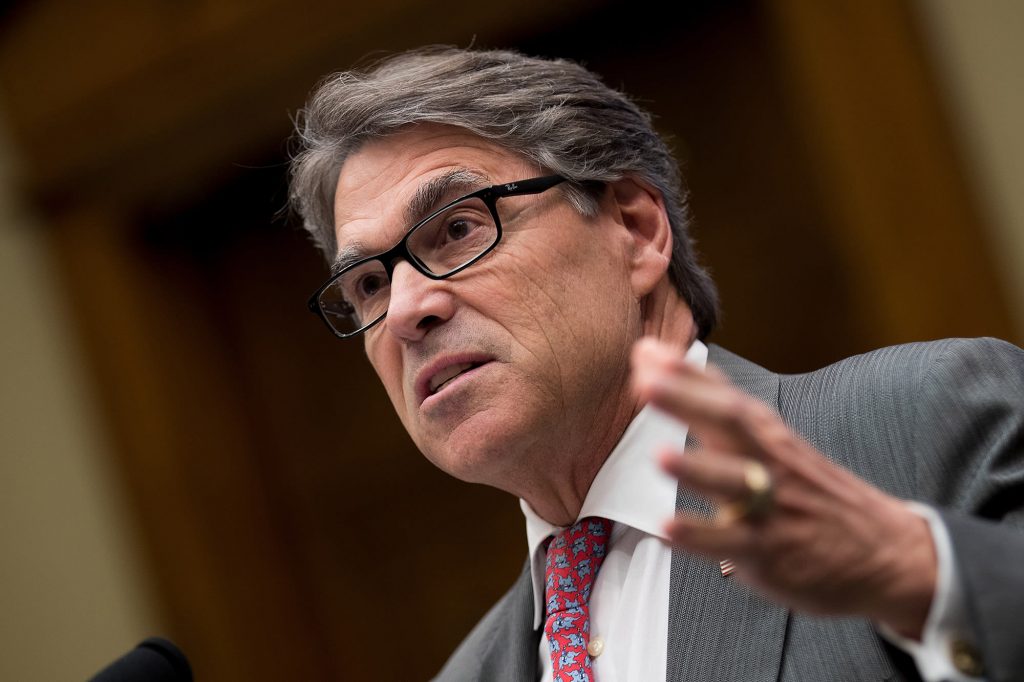
FILE PHOTO: Traders work on the floor at the New York Stock Exchange (NYSE) in New York, U.S., September 12, 2019. REUTERS/Brendan McDermid
September 16, 2019
By Medha Singh
(Reuters) – Wall Street slipped on Monday on global growth worries after the weekend attack on Saudi Arabian crude facilities knocked out 5% of the world’s supply, while a more than 10% jump in oil prices lifted beaten-down energy stocks.
The attack on the world’s biggest oil exporter sent oil prices up as much as 20% before they eased off their peaks as U.S. President Donald Trump authorized the use of the country’s emergency oil stockpile to ensure stable supplies. [O/R]
The S&P 500 Energy <.SPNY>, one of the worst performing sectors this year, soared 3.18%, its best day since Jan. 4.
At least 14 of the top advancers on the S&P 500 were energy stocks. Shares of Marathon Oil Corp <MRO.O> and Devon Energy Corp <DVN.N> rose more than 8% each and led the gains.
The supply disruptions should put a bid into U.S. energy stocks, which have meaningfully lagged the broader market, JPM analysts wrote in a note.
“In particular, we could see a positive move in the oily small and mid-cap group.”
Meanwhile, anticipation of higher fuel costs drove down shares of airlines and cruise line operators. American Airlines Group Inc <AAL.O>, Delta Air Lines Inc <DAL.N> and Carnival Corp <CCL.N> fell between 2% and 5%.
Ten of the major S&P sectors were lower, with technology shares <.SPLRCT> weighing the most.
Investors’ flight to safety pulled the U.S. benchmark 10-year Treasury bond yields <US10YT=RR> down from their multi-week highs, sending the interest-rate sensitive bank sub-sector <.SPXBK> down about 1%. [US/]
At 9:44 a.m. ET, the Dow Jones Industrial Average <.DJI> was down 104.17 points, or 0.38%, at 27,115.35, the S&P 500 <.SPX> was down 9.48 points, or 0.32%, at 2,997.91. The Nasdaq Composite <.IXIC> was down 28.40 points, or 0.35%, at 8,148.32.
This week’s centerpiece is the Federal Reserve’s monetary policy decision on Wednesday where the central bank is widely expected to deliver the second interest rate cut this year of a quarter basis points.
Hints on whether the central bank will keep easing its monetary policy will be crucial in determining how long Wall Street’s strong rally will last.
Cooling trade tensions between the United States and China last week has brought the benchmark S&P 500 <.SPX> about 1% below its record high.
Among other movers, General Motors Co <GM.N> fell 2.7% after the United Auto Workers (UAW) went on strike on Sunday, the first nationwide strike at GM in 12 years.
Declining issues outnumbered advancers for a 1.11-to-1 ratio on the NYSE and a 1.23-to-1 ratio on the Nasdaq.
The S&P index recorded two new 52-week highs and one new low, while the Nasdaq recorded 12 new highs and eight new lows.
(Reporting by Medha Singh and Ambar Warrick in Bengaluru; Editing by Saumyadeb Chakrabarty and Arun Koyyur)

